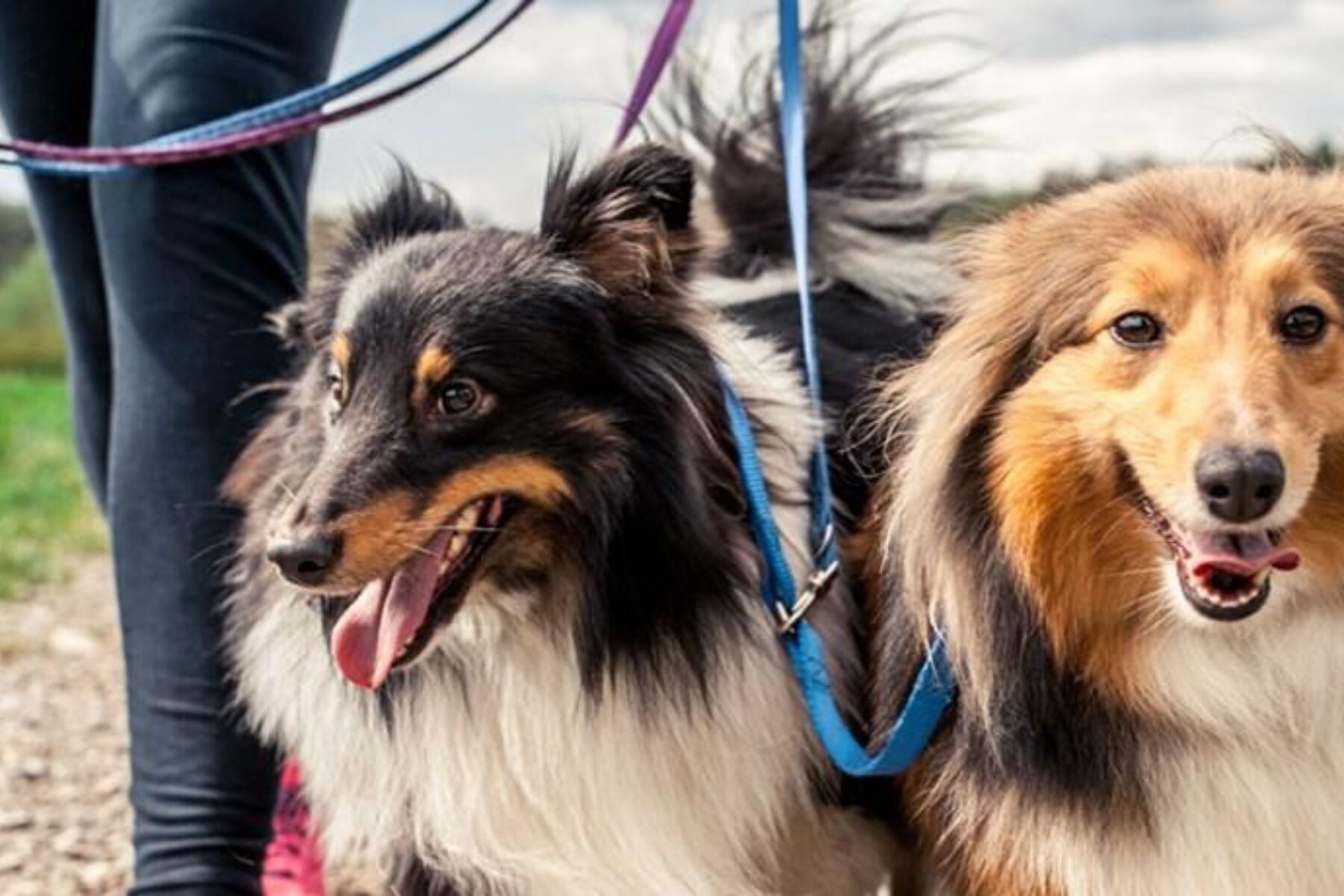Golden Rules: Six Things You Need to Know for Trail Season

Este contenido también está disponible en español.
You, me, and other trail users agree: It’s officially primetime for trail season. And whether you’re a commuter, a caregiver or a long-distance rider, it’s important to know and practice good safety and trail use etiquette.
In some situations, knowing what to do on the trail can be pretty tricky. For example, try answering these trail-use toughies:
- How do I pass a group of horseback riders without triggering a stampede?
- I’m using interval training to work out. Can I finish my sprint with pushups on the trail?
- Walkers, rollers, bikers, horses: Who yields to who on the trail?
Although each trail is subject to federal, state and local laws—and consequently has its own unique set of rules—RTC has compiled these six “Share the Trail” Golden Rules that will generally help guide you through most do-or-don’t dilemmas on the trail.
Here’s our list of must-knows to make the trail safe, fun and a good time for everyone!
1. Use Safe Speeds
Whizzing down the trail at top speed can be thrilling and fun, but it can also cause some trail users to feel unsafe or uncomfortable. That’s why the first rule is to use safe speeds. How do you know what’s “safe”? First, check the specific trail’s rules for a speed limit, and if there isn’t one listed, use your best judgement to be respectful of others and yourself (your safety matters, too!). When in doubt, do the squirrel test: Are you going faster than a squirrel? A squirrel scurries at around 15 miles per hour, which is the speed limit for most trails.
2. Keep Right, Pass Left.
If you’ve ever been on a really busy trail, you know it can be tricky to navigate past the strollers, tour groups, plugged-in music listeners, bicyclists and many other trail users of varying ages and abilities. That’s why you should always keep right and pass left—because even if your “On your left!” or kindly bell chime goes unnoticed (or if you’re the one who misses the notice), you’ll still be following the correct flow of trail traffic. When passing fellow trail users, do your best to give them advanced warning and plenty of space to avoid any surprises or accidents.
3. Standing Still? Stand Aside.
Even on those spectacular days where it feels like you have the trail to yourself, you never know when an unsuspecting cyclist or equestrian is just up the steep hill or right around that sharp corner. So if you’re stopping to stretch, tie your shoelaces, do a set of split jumps or snap a photo—no matter how briefly—it’s always best to stand aside—for your safety and for others. (In the case of a bridge or tunnel, we recommend taking that pause off to the side directly before or after passing through—just FYI!)
4. Mind Your Pets
When it comes to pets on the trail, some rules vary, but all ask for you to be mindful of others. First and foremost, that means if your pet pooch, horse, adventurous kitty or ferret is on the trail, they need to be under your control. You would never want your furry companion to be frightened—or to frighten others, of course! The best ways to maintain control: Use a short leash, and know your pet’s personality before you hit the trail. As for potty time, very few of us enjoy those post-meal presents—especially when we find them on the trail or under our shoes or wheels—so be sure to be kind, and clean up whatever their behinds leave behind!
5. Be Alert
Trails, like their users, are unique and can have unexpected surprises. You might come across a gaggle of grumpy geese blocking the path, or you might be entranced by the beauty of the landscape—and not notice the re-entering rider up ahead. In all situations, being alert will help you be prepared for any surprises you encounter.
Understanding when to yield is another important part of being alert. If you encounter angry geese—best to let them pass; in other scenarios, it generally follows that wheels yield to heels, and heels yield to hooves.
6. Know and Follow the Rules
We hope you’ll encouraged others to be as awesome as you are with these six golden rules of safe trail use. Knowing these rules will ready you for a majority of scenarios on your favorite pathways.
But as we said in the beginning, each trail has its own set of rules—and they vary depending on federal, state and local laws. So be sure to explore the individual rules of your local trails (often posted online or at major trailheads)—and you can ensure a safe, fun time for everyone!
Note: Physicians and experts have designated trails as safe places to maintain health and wellness as America grapples with the uncertainty surrounding COVID-19. Rails-to-Trails Conservancy urges everyone to be as safe as possible when out on the trails in their communities, practice self-care, and maintain a safe social distance of six feet from other people.

Donate
Everyone deserves access to safe ways to walk, bike, and be active outdoors.